Which millet to use for which dish? An easy guide to Proso, Little, Barnyard, Foxtail and Kodo
Do you get confused between the types of millets? Do you mix up their names? The situation becomes even more complicated when elders at home refer to the millets by their native-language names.
For example, Tamil speakers will relate to the pain- Varagu, Saamai, Pani varagu, Kuthiraivaali-which translates to horsetail and that by the way, is different from Foxtail millet which is called Thinai. Fun fact - did you know Pearl millet (bajra) is called cattail millet in Africa? So many tails to keep track of :)...
Also, can you just use any millet interchangeably in recipes? I answer your questions in the post below.
The Millets
What are millets? According to Harold McGee, millets are a common name for 1-2 mm diameter seeds coming from any of the following grass species - Panicum, Setaria, Pennisetum and Eleusine. So basically they are tiny grass seeds.
But even within the millets, there are categories - Major millets and Minor millets
The Major Millets
The Major millets are Ragi (finger millet), Bajra (Pearl Millet) and Sorghum. These are called naked grains, since they do not have a husk. No husk means no husking process needed. Which means a simpler harvesting procedure. This is why they have been available for longer time in history and have a lot more traditional recipes compared to the minor millets.
Now husk is different from bran. Humans don't eat husk; it is inedible. But we may choose to eat bran if something is whole grain. If we strip away the bran; that is usually called as the "pearled" version of the millet. Typically, you don't get any polished/pearled version of the Major millets. It is not easy to strip away the pericarp layer of the major millets (see ragi post for detailed reason).
Anyone who has dealt with whole ragi (I have written about my whole ragi misadventures here), or whole bajra know what I am talking about. These grains put up a fight. These grains are best eaten in powder form (since you can sieve out some of the pericarp) or fermented batter form (where the soak/grind/fermentation finally softens the grain).
We are not going to discuss any more details about the major millets in this post. I have talked about Ragi here, I will do a separate post for Bajra sometime in the future; and I have written about Sorghum for the Hindustan Times here.
The Minor Millets
The minor millets are harvested and then processed to remove the husk. They can be then be polished/ "pearled" to remove the bran layer. Which is what I have below.
Here are some notes I made on the millets before cooking them.
I am also adding the Tamil names just for my own future reference :).
Proso (Pani Varagu): This is the largest of the grains. This and Foxtail takes the longest to cook. The word "Pani" in tamil refers to cold weather and it is supposed to be grown in cooler parts of the state.
Foxtail (Thinai): This also takes a long time to cook just like Proso. It is yellow in color. The instructions in the packet were to pressure cook rather than stovetop cooking.
Kodo (Varagu): I have nothing special to report on this grain. It is white and small. It cooks on stovetop in 15:20 minutes.
Little (Samai): This is the smallest of the millets. The name is a dead giveaway. It cooks easily.
Barnyard (Kuthirai Valli): This one has a black spot on the grain, which even Kodo seems to have. However, the black spot on barnyard is very prominent once it gets cooked. It cooks on stovetop too.
Cooked Textures
I am going to report the taste and textures of the cooked grains. Now, one way to determine the best recipe for a grain is to allow it to cool and see what the resulting texture is.
For example, if the grain cools down into a clumpy mixture; it makes sense to use it for a gooey recipe like pongal or curd rice. If the grains remain separate, it makes sense to use it for biryani. This is just a general guideline. You can of course roast the grain or reduce the water level while cooking and do other tricks to make the grain behave in another way. But, my advice is for the general cooking purpose.
Proso (Pani Varagu):
This was my favorite of the lot, especially to eat it plain. It had a chewy texture, it tasted a lot like godhuma rava. (cracked wheat). When it cooled down, it had a sticky texture. I think it makes sense to make sweets with it. I haven't seen a whole lot of recipes on the internet with this. I mean, people try pongal, idli, dosa with all the millets; but I am not sure what pairs well with the chewy texture of this grain.
Foxtail (Thinai) :
This took a long time to cook, and when it cooled down, it got quite dry and had the separate-separate texture. You probably should not make a gooey dessert like payasam or kheer with this. An upma would be a safe bet.
My aunt, who is an excellent cook, recommended that it smells heavenly when we roast and powder this millet. She says it makes excellent murukku, ladoos and adhirsam. But that's above my cooking pay-grade right now :).
Kodo (Varagu)
This was my least favorite millet. It was so dry and so bland. When cool it immediately had the separate- separate texture. I think you can make salads, upmas or stir fries out of this. It would probably make a great canvas for flavors; but my god, it is so bland on its own.
Little (Samai)
This is the perfect millet as a substitute for rice. It cooks just like rice. It is a very popular millet and I can see why. It goes really well with sambar and curd. It is sticky when cold. It would make excellent pongal, idli, kanji, etc. It probably won't make a great upma or biryani.
Barnyard (Kuthirai Valli)
This is a bland tasting millet as well. It is clumpy and sticky when cold. It will be suitable for pongal, idli, kanji, etc; but not for upma just like little millet. But it is not as tasty as little millet.
Conclusion
My favorites are Proso and Little millet. The rest are fine. I will eat it, but maybe not with great excitement.
I left out browntop millet, because I could not get it in my store nearby.
Are you a huge millet user? What millet do you like? And what do you use them for? Post your comments below. I would love to read them and it will be useful for other readers as well.
Follow me on Instagram or Twitter for more food insights!
Reference
On Food and Cooking by Harold McGee




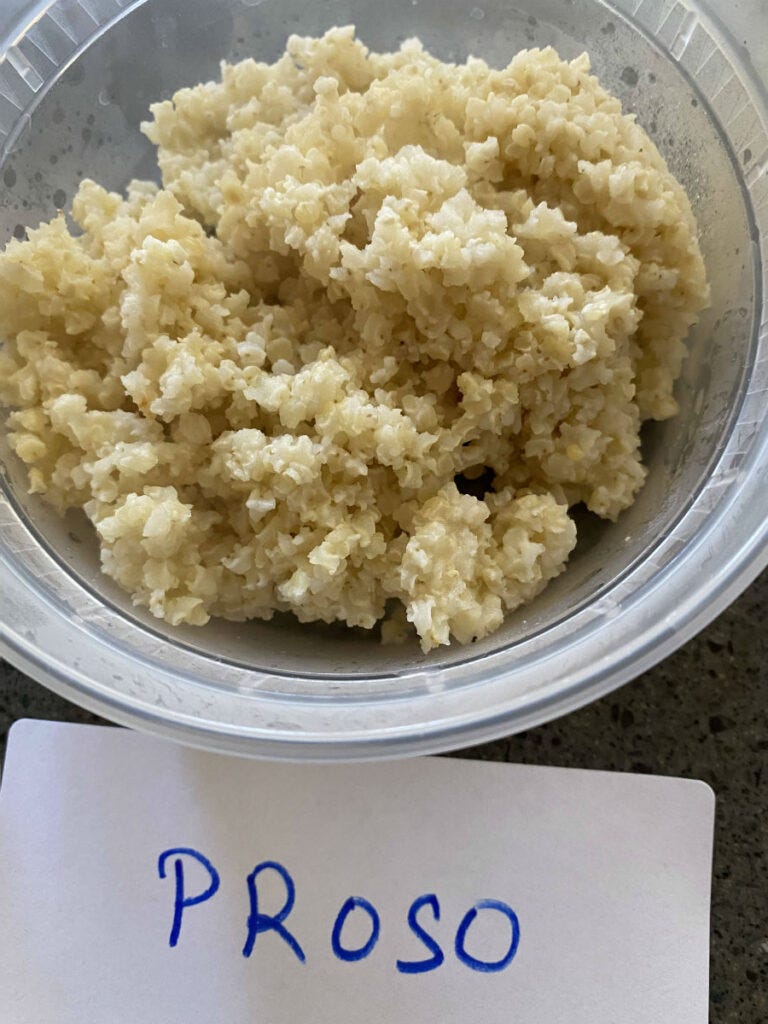
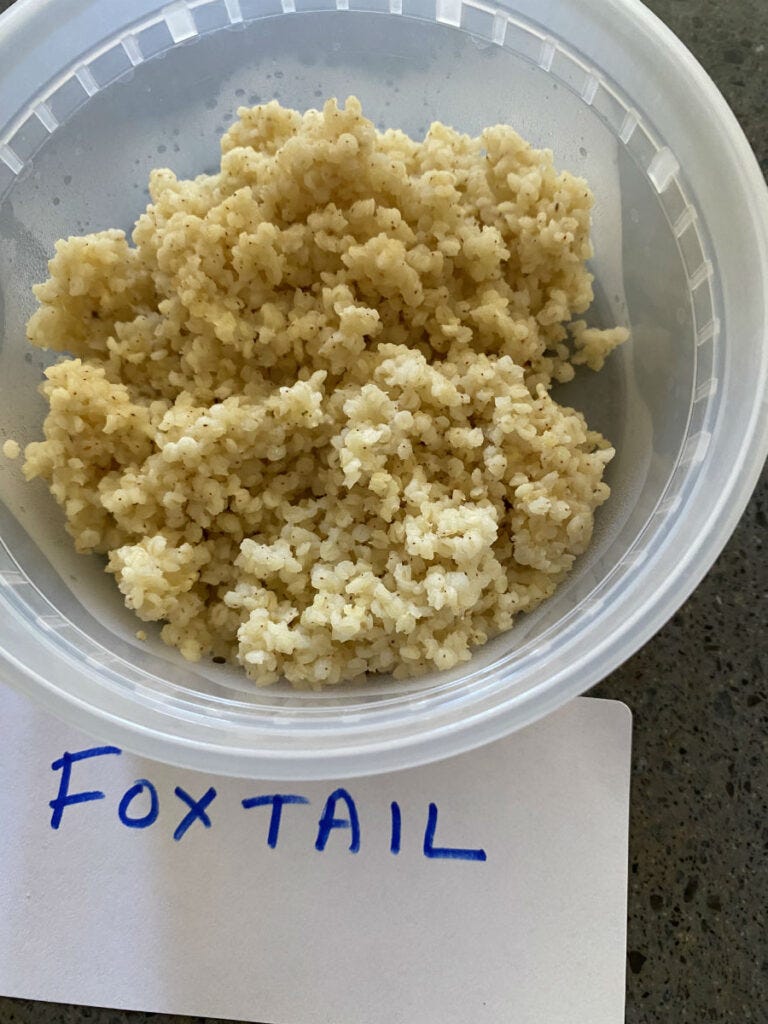
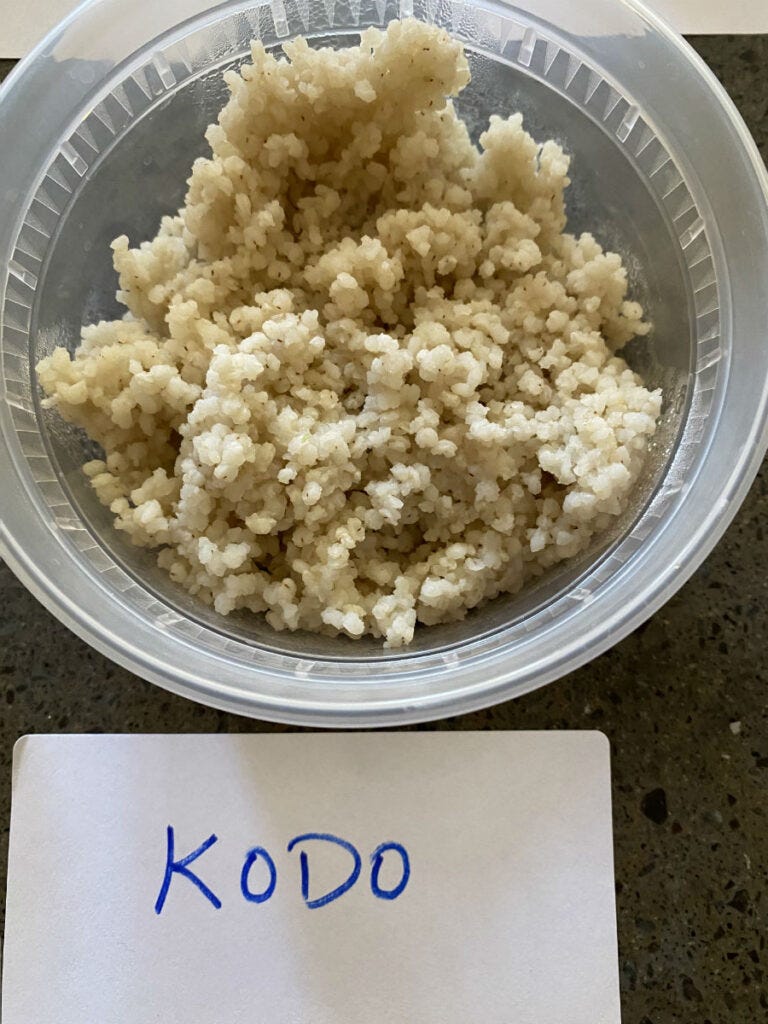
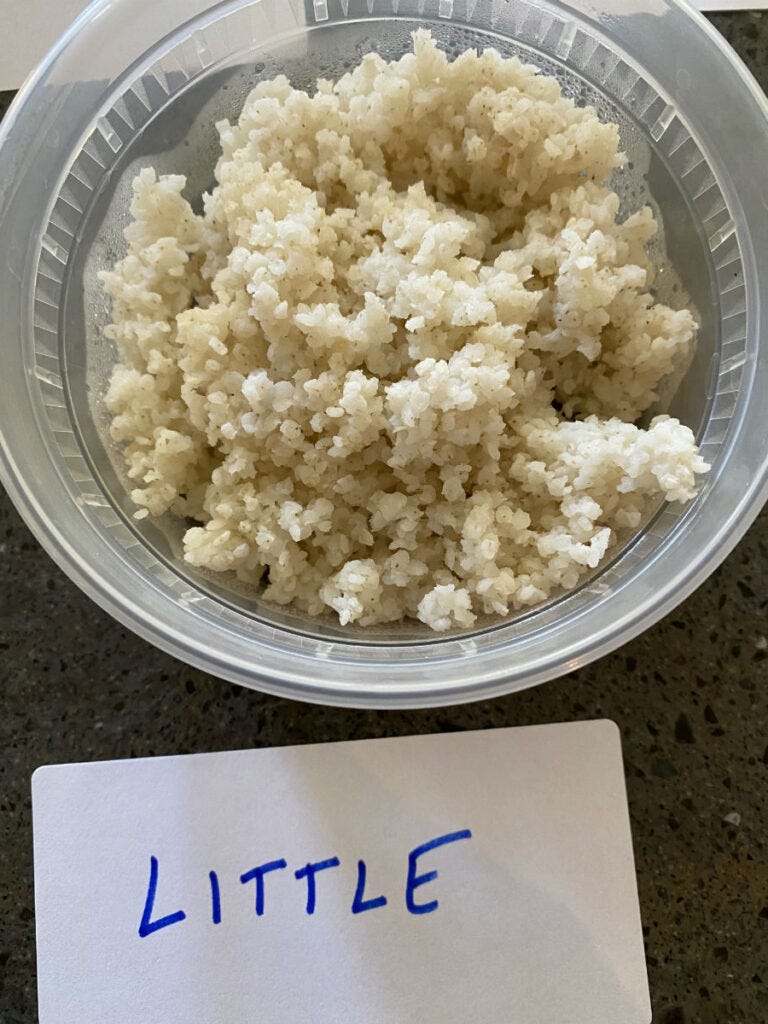
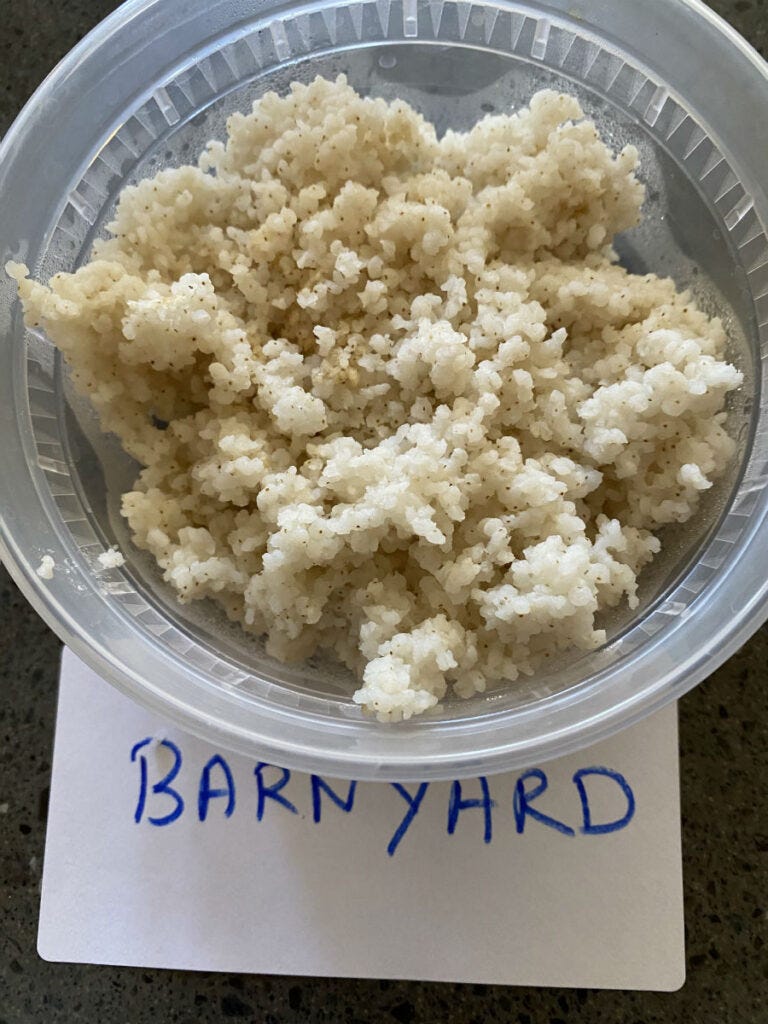
Great post! Thanks. I'm a small agroecological producer in Europe.
I'm interested in naked millet grains: Eleusine coracana (ragi) and also Pennisetum glaucum (bajra).
Do you know Indian sites to buy a few kilograms of these grains?
Are the naked millets sold for cooking able to be sown?
Also: do you think they could grow well in Mediterranean weather? (It rains a bit at the beginning of the millet crop, not afterwards)
Thanks so much 🙏
Carles
PS By the way, your "ragi" link does not open. I heard that ragi is not only stunning for our health, but also for the soil.